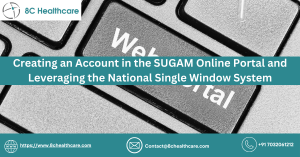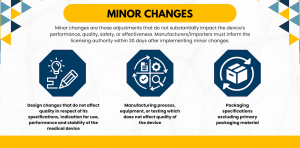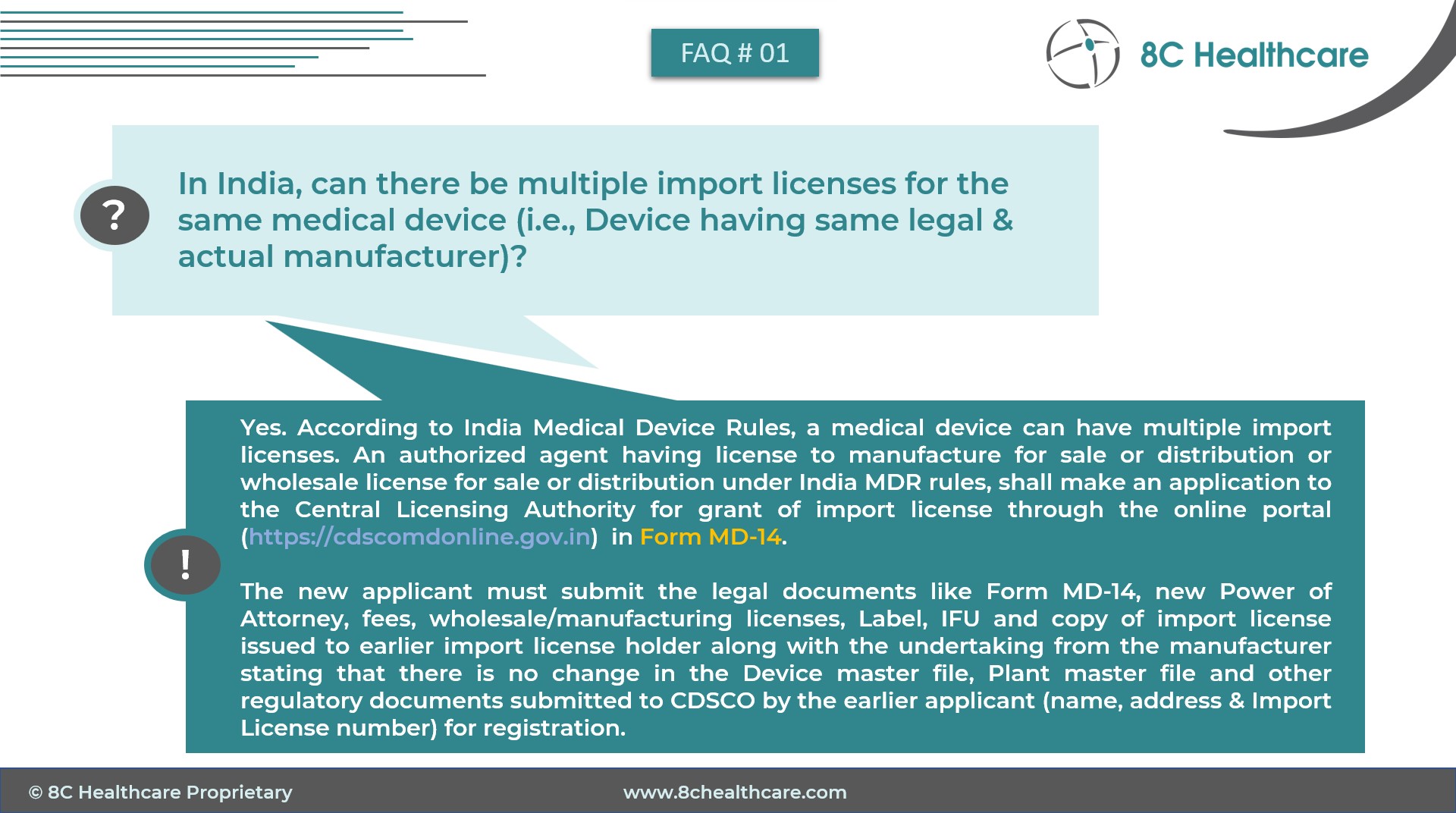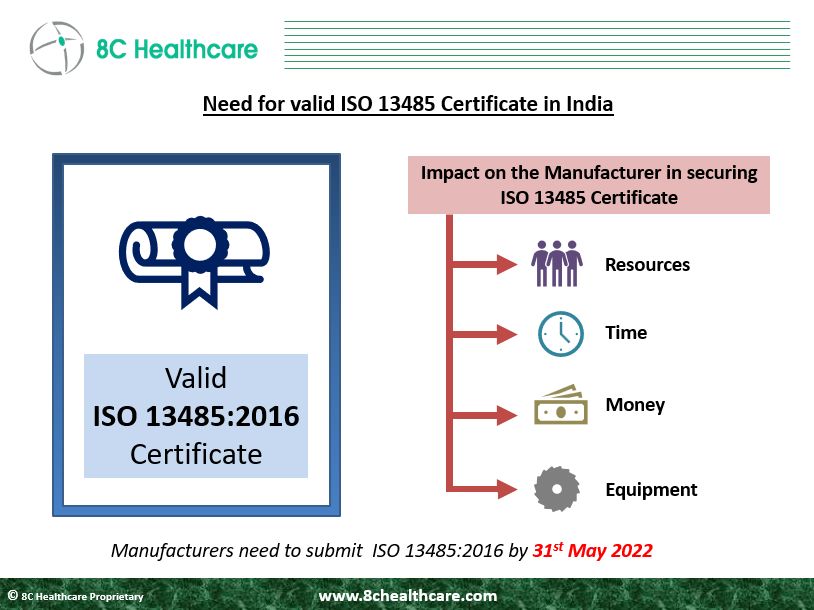Sterilization technologies have undergone a remarkable evolution over the years, driven by advancements in science, technology, and healthcare practices. From traditional methods like heat and radiation to more sophisticated techniques such as ethylene oxide (EO) and vaporized hydrogen peroxide (H2O2), the landscape of sterilization has continually expanded to meet the increasingly stringent demands of modern medical device manufacturing. Looking ahead, the future of sterilization techniques appears promising, with ongoing research and innovation paving the way for safer, more efficient, and environmentally friendly methods. Emerging technologies like high-intensity light, microwave radiation, and ultraviolet light offer exciting possibilities for enhancing sterilization efficacy while reducing processing times and environmental impact. As the healthcare industry continues to evolve, sterilization technologies will undoubtedly play a pivotal role in ensuring the safety and efficacy of medical devices, ultimately contributing to improved patient outcomes globally.
The FDA places significant emphasis on ensuring the safety of sterile medical devices. Manufacturers must provide robust evidence of sterility assurance, including validation of sterilization processes, packaging integrity testing, and compliance with sterility assurance levels (SALs) specified by the FDA.
On January 8th, 2024, the United States Food and Drug Administration (FDA) released a final guidance document aimed at enhancing the submission and review process for devices labeled as sterile. This guidance, titled “Submission and Review of Sterility Information in Premarket Notification (510(k)) Submissions for Devices Labeled as Sterile,” outlines essential criteria and considerations for both established and novel sterilization methods. Let’s delve into the key aspects of this guidance and what it means for medical device manufacturers.
US FDA Categorization of Sterilization Methods
The FDA categorizes sterilization methods into two main categories: Established (Category A and Category B) and Novel methods of Sterilization.
Category A and Category B – Established Sterilization Methods –
Category A methods have a long history of safe and effective use, supported by ample literature, clearances of 510(k)s or approvals of premarket approval (PMA) applications, and satisfactory Quality System (QS) inspections. Category B methods lack FDA-recognized dedicated consensus standards but have published information on development, validation, and routine control. The US FDA has previously evaluated sterilization method development and validation data for specific sterilizers within this category.
Novel Methods –
Novel methods are newly developed techniques with little or no published information and no history of comprehensive FDA evaluation. These methods carry a substantial risk if not conducted properly, emphasizing the need for close evaluation and compliance with Good Manufacturing Practices (GMP).
| Established Sterilization Method | Novel Sterilization Methods | ||
| Category A | Category B | ||
| History of safe and effective use | Y | Y | N |
| Literature Available | Y | Y | N |
| US FDA 510(k) and PMA approvals | Y | Y | N |
| Satisfactory Quality System (QS) Inspections | Y | N | N |
| FDA recognized consensus Standards | Y | N | N |
| Published information on development, validation and routine control | Y | Y | N |
| Examples | Dry heat EO with devices in a fixed, rigid chamber Moist heat or steamRadiation (e.g., gamma, electron beam)Vaporized Hydrogen Peroxide (H2O2) | Ozone (O3)Flexible bag systems (e.g., EO in a flexible bag system, diffusion method, injection method) | Vaporized peracetic acid, High intensity light or pulse light, Microwave radiation, Sound waves, Ultraviolet light |
US FDA Submission Information for Sterile Medical Devices
For devices subject to industrial terminal sterilization processes, the FDA requires specific submission information. The medical device submission shall include the information on
- Sterilization Method (Sterilization site, Radiation dose, Maximum levels of sterilant residuals, and relevant testing limits etc)
- Sterility Assurance Level (SAL)
- Pyrogenicity information
- Packaging and Package Test Methods
- Description of Sterilization Process
- Method used to validate the sterilization cycle
In case of the category B Sterilization methods, if the sterilizer used for sterilization of the medical device is approved earlier by US FDA , the submission details such as 510(k) number must be included in the 510(k) submission. For Novel sterilization methods, manufacturers must provide comprehensive descriptions, validation protocols, and sterilization validation data.
Ensuring Safety and Effectiveness
The FDA emphasizes the importance of evaluating both iterations to recently developed methods and original, innovative sterilization technologies. Novel sterilization methods pose a significant risk of inadequate sterility assurance if not executed correctly. Thus, adherence to Good Manufacturing Practices (GMP) is crucial for devices sterilized using these technologies. To mitigate risks to human health, the FDA intends to inspect manufacturing facilities before clearing a 510(k) for devices sterilized by novel processes. This scrutiny ensures the safety and effectiveness of devices, particularly those utilizing chemical sterilants not previously cleared or approved by the FDA, combinations of chemicals not previously approved as sterilants, or methods lacking adequate evaluation by the FDA.
Single-Use, Reusable Devices –
The submission criteria for the reprocessing of single-use devices and reusable medical devices, which undergo cleaning, disinfection, and sterilization at healthcare facilities, vary. Procedures utilizing liquid chemical sterilants or microbial exclusion methods have distinct regulatory and submission prerequisites. Additionally, sterile medical devices containing human and/or animal-derived substances are subject to supplementary regulations.
The FDA’s new guidance on sterility information in premarket device submissions establishes clear criteria for both established and novel sterilization methods. By providing comprehensive submission information and ensuring compliance with regulatory standards, manufacturers can contribute to the safety and effectiveness of sterile medical devices. Compliance with these guidelines is crucial to safeguarding patient health and minimizing the risk of infection.
For assistance with the registration of sterile medical devices, contact 8C Healthcare today.
References-










